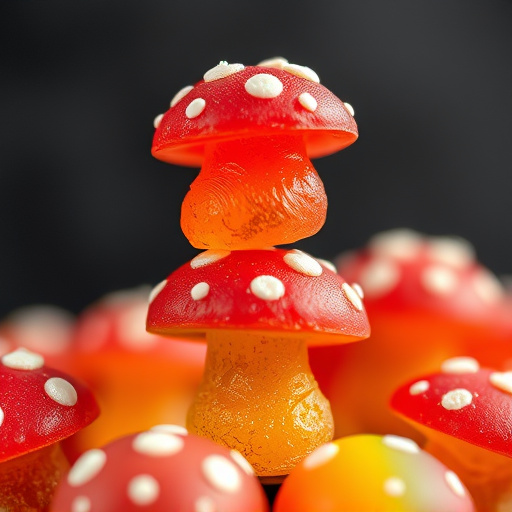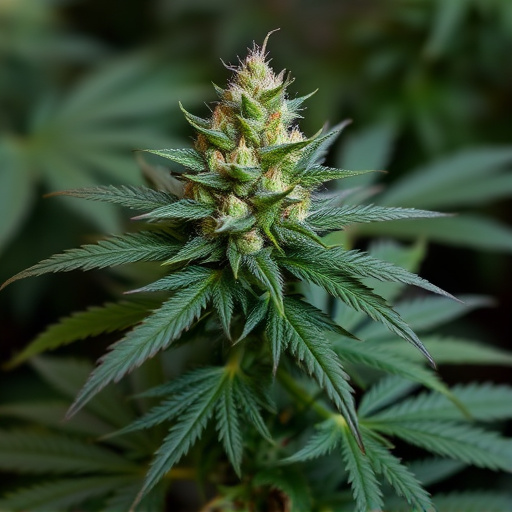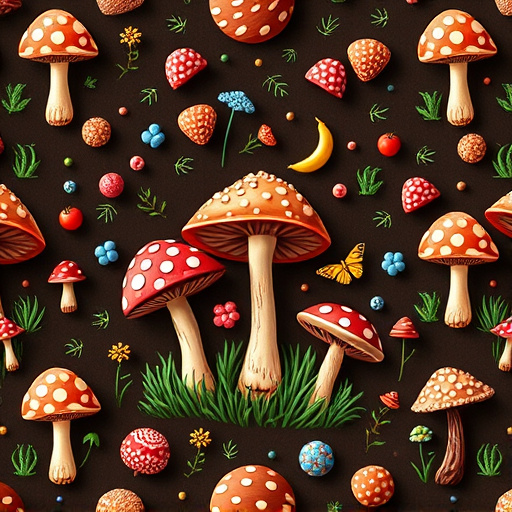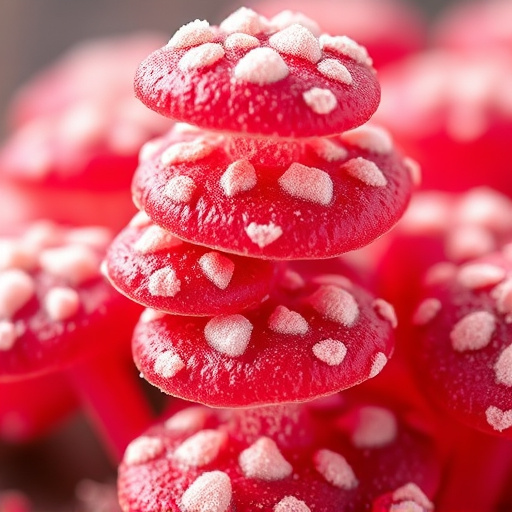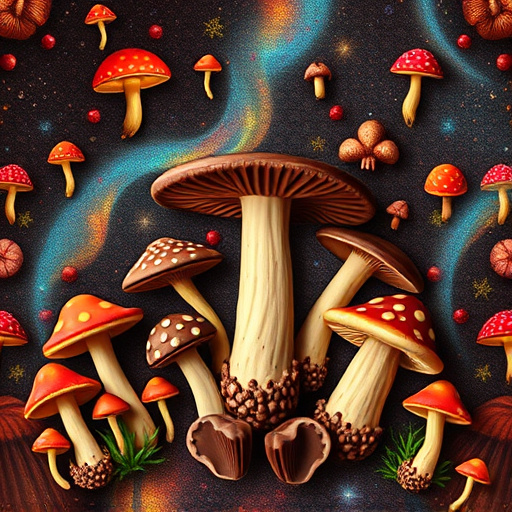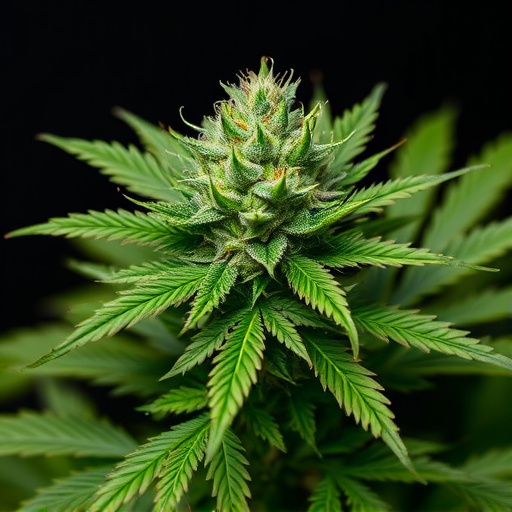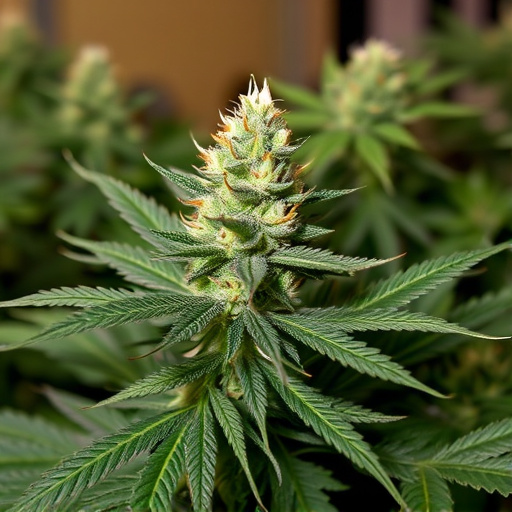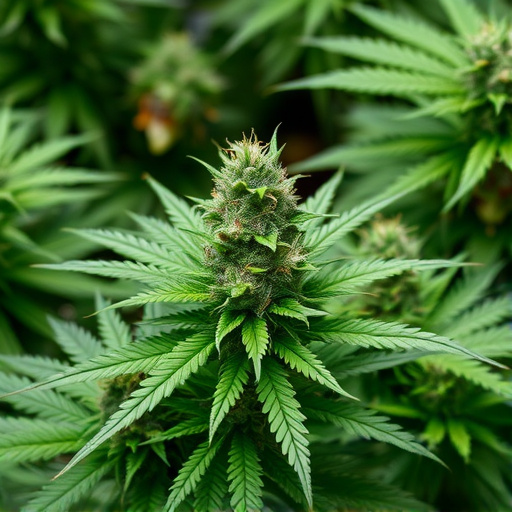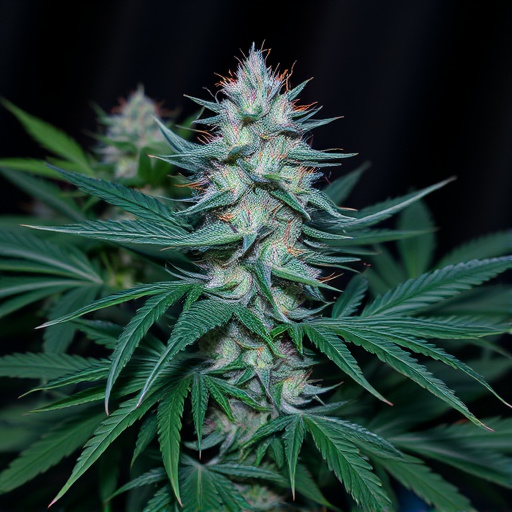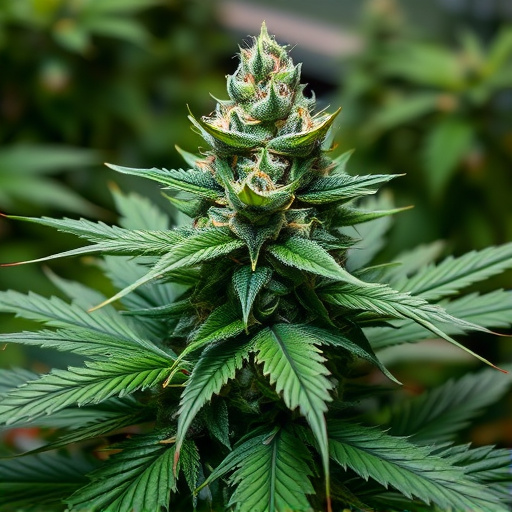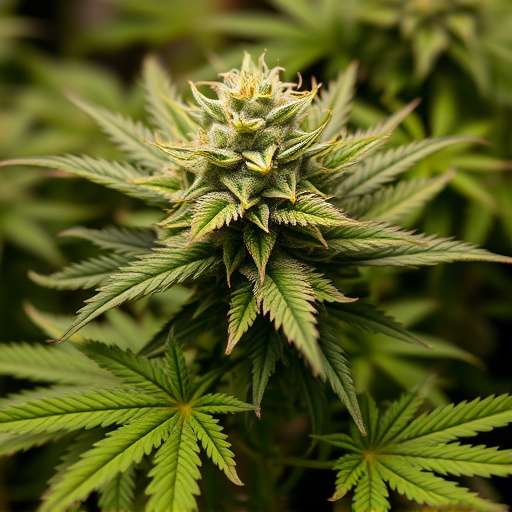Cannabis sativa strains display vibrant colors due to complex interactions between cannabinoids like THC and CBD, anthocyanins (stress-triggered pigments), and carotenoids. Growers can manipulate these compounds by controlling growing conditions, selecting suitable strains, and leveraging genetic diversity for desired color outcomes. Terpenes also significantly influence coloration through light absorption and reflection. Environmental factors like soil mineral content and climate conditions further affect pigment production, while cultivation techniques enable precise control over the final aesthetic of cannabis sativa strains.
Uncover the enigmatic causes behind the vibrant hues of purple, red, and blue in weed. This article delves into the complex interplay of factors shaping these unique colors in Cannabis sativa strains. From understanding cannabinoid and pigment production to exploring genetic variations and environmental influences, we unravel the science behind the variations in cannabis sativa strains’ coloration. Discover how terpenes, cultivation techniques, and soil conditions contribute to the captivating palette of nature’s masterpiece.
- Understanding Cannabinoid and Pigment Production in Cannabis Sativa Strains
- Genetic Factors: The Role of Terpenes and Other Chemical Compounds
- Environmental Influences: How Soil, Climate, and Cultivation Techniques Impact Coloration
Understanding Cannabinoid and Pigment Production in Cannabis Sativa Strains
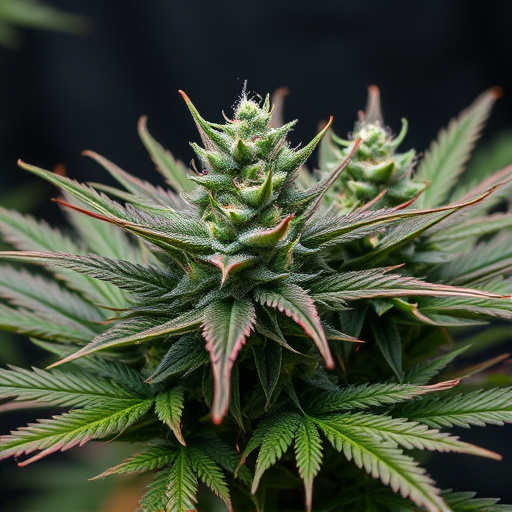
Cannabis sativa strains produce a diverse range of colors, from purple and red to blue, through intricate processes involving cannabinoids and pigments. Cannabinoids, like THC and CBD, play a key role in determining the plant’s unique characteristics. These compounds interact with the plant’s natural pigments, such as anthocyanins and carotenoids, which are responsible for the vibrant hues. Anthocyanins, for instance, are red or purple pigments that appear when cannabis plants experience stress, like cold temperatures or nutrient deficiencies, causing them to produce more of these pigments. Carotenoids, on the other hand, contribute to yellow, orange, and even blue shades, enhancing the overall visual appeal.
Understanding how cannabinoids and pigments interact within cannabis sativa strains is essential for both cultivators aiming to create specific colors and consumers curious about their potential effects. By manipulating growing conditions and selecting particular strains, growers can influence the production of these compounds, ultimately shaping the final color palette of their harvest.
Genetic Factors: The Role of Terpenes and Other Chemical Compounds

The vibrant colors observed in cannabis sativa strains, including purple, red, and blue hues, are not mere coincidences but result from complex genetic factors and chemical interactions. These unique colors are often attributed to specific terpene profiles and other chemical compounds present in the plant. Terpenes, known for their aromatic properties, play a significant role in the coloration process. Different terpenes can enhance or alter the absorption and reflection of light at various wavelengths, leading to the striking color variations seen in cannabis flowers.
Genetic diversity within cannabis sativa strains allows for the expression of different terpene blends. Certain terpenes like anthocyanins, which are responsible for red and blue colors in many plants, can be more prevalent in specific strains, contributing to their distinctive hues. Additionally, other chemical compounds, such as flavonoids, may also play a role by interacting with light and enhancing the overall color intensity. Understanding these genetic factors is crucial for cultivators aiming to breed cannabis sativa strains with desired visual attributes and potential therapeutic benefits associated with specific terpene profiles.
Environmental Influences: How Soil, Climate, and Cultivation Techniques Impact Coloration
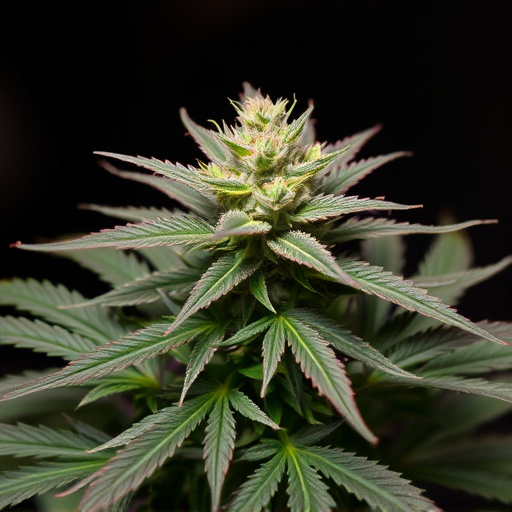
The coloration of cannabis sativa strains is a result of intricate interactions between genetics and environmental influences. Soil plays a significant role in determining the final color, as different mineral contents can alter pigments expressed in the plant. For instance, higher levels of certain metals like iron or manganese can lean cannabis towards red or purple hues, respectively.
Climate conditions also impact coloration. Colder temperatures and longer daylight hours tend to stimulate the production of anthocyanins, powerful pigments responsible for reds and purples. This is why some cannabis strains, specifically those with a higher genetic predisposition to anthocyanin production, often present vibrant red or purple shades in cooler climates. Cultivation techniques, including light intensity and duration, also affect pigmentation. Optimized lighting conditions during specific growth stages can enhance or alter the expression of desired colors, allowing cultivators to manipulate the final aesthetic of cannabis sativa strains.
The distinctive colors of purple, red, and blue in cannabis sativa strains result from a complex interplay between genetic factors and environmental influences. Understanding the production of cannabinoids and pigments, along with the role of terpenes and other chemical compounds, is key to appreciating these unique variations. By optimizing cultivation techniques, growers can enhance the desirable pigmentation in their cannabis sativa strains, catering to consumers who value not just the plant’s effects but also its visually striking appearance.

